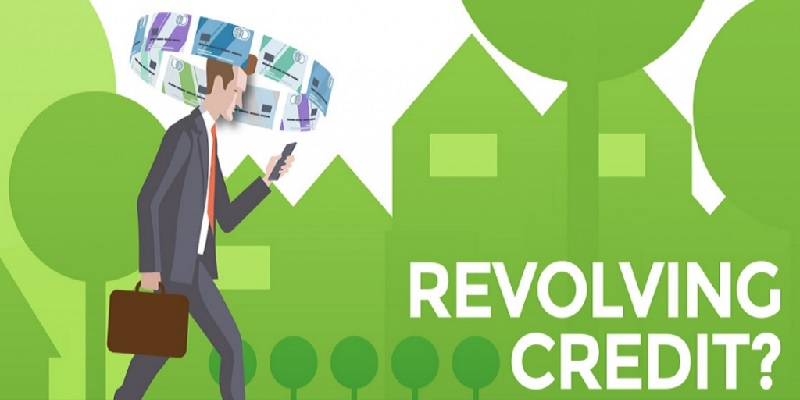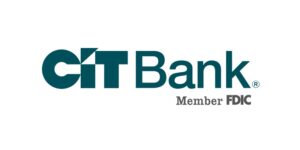 A revolving credit account will enable people to borrow multiple times to a capital up to a specific amount. With credit cards, they are a personal line of credit and home equity lines of credit are pretty well known for this as well. Revolving credit items all come with different perks and can be used for different reasons.
A revolving credit account will enable people to borrow multiple times to a capital up to a specific amount. With credit cards, they are a personal line of credit and home equity lines of credit are pretty well known for this as well. Revolving credit items all come with different perks and can be used for different reasons.
Additionally, they are built differently from an installment loan like mortgages, student loans, and auto financing. If you want a revolving credit account, be sure that you know the basics of what it stands for and how it works. Read below for more information on what a revolving credit account is.
 |
 |
Revolving Credit 101
Normally, a revolving credit account will enable borrowers to get access capital up to a certain limitation. People will be able to take out how much money they want out of the available funds. Then, they will be able to decide to either repay the principal entirely or carry a balance towards the next period. Keep in mind that these payments will be due every month.
However, the amount will all depend on the term of the loan you’ve picked. Principals that are repaid will be qualified to be redrawn in subsequent periods. Meanwhile, other loans will come with interest fees.
What’s the Difference Between Revolving & Installment Credit?
When you get an installment loan like a personal or student loan, it will enable you to borrow a small sum that’s paid back in monthly payments. After you’ve paid off an installment loan, you’re done with it. You’ll be able to keep the asset like the car or house, or just stay away from the debt.
Now, with a revolving credit, you’ll be able to pay off the amount that you’ve sent and get access to the money again. Just as long as you keep your loan open then you’ll be able to do this no problem. When you pay you debts off entirely, it will also help you increase your credit score as well. Credit agencies will compare and contrast the amount of revolving credit you have open and the amount you owe. Normally, the lower the number is, the better your credit score will be.
Revolving Credit Accounts
There are several different revolving credit accounts to choose from. The most common one is: credit cards, home equity lines of credit (HELOCs), and personal lines of credit. The American Bankers Association (ABA) states that there are about 374 million open credit card accounts in the United States alone. In other words, it’s one of the most well known loan utensils.
It’s used to give a temporary spending flexibility to make transactions that can be settled with cash payments towards the lending company. Normally, the average annual percentage rate for credit cards is about 17.55% even though the rate will be around 12.99% and 26.99%. It’s not a high rate that people can incur. However, they are one of the more pricier options.
HELOC is a revolving credit account that allows people to access the equity they have in their real estate properties. It is limited by the amount of home equity that’s secure. Lots of lenders can have the same limitations on the dollar amount given in this account.
Keep In Mind
With revolving credit accounts, they give access to unique perks and liquidity for important transactions. Those features are great. However, think about the financial impact that the interest fees have. Not to mention, the monthly debt service payments and other charges before you commit to this account.
Loans will come with charges as interest and fees. Long-term perks have to outweigh the expense to be able to justify these products. Repayment for every month will be unavailable for saving or taking, this can cause long-term problems.
Think about how opening a revolving credit account can affect your credit score. It’s important that you keep your score in mind before applying for an account. In other words, carrying excess balances on your credit card can damage your ability to get other loans later on.



